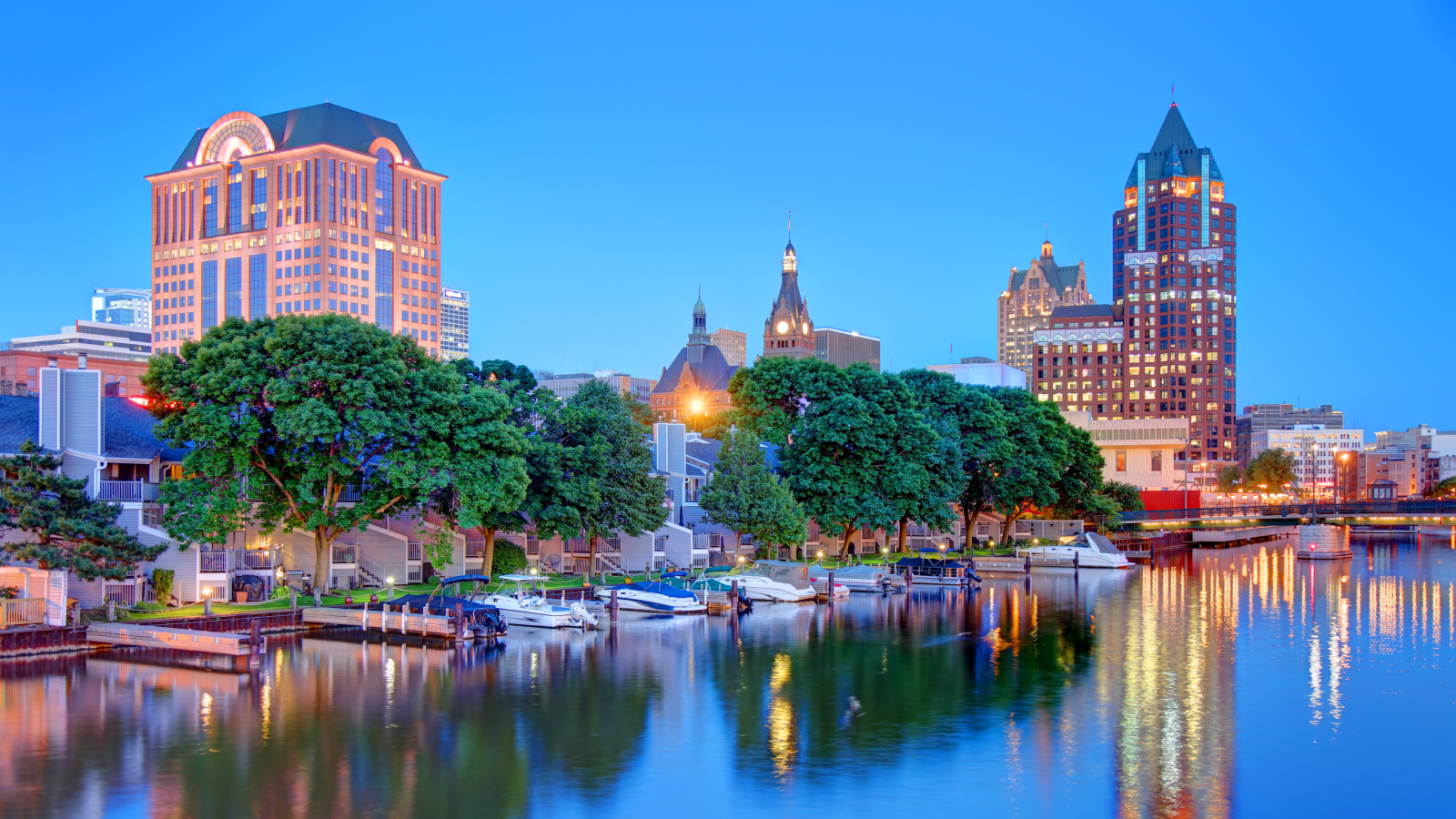ITER Fusion Reactor to Postpone Basic Physics Research


In light of construction delays of the first fusion reactor being designed to generate self-sustaining reactions, a committee has decided to postpone some basic physics research and other studies considered non-essential to the project's target, Nature.com reports.
The International Thermonuclear Experimental Reactor (ITER) is being built in southern France to test the so-called tokamak method in which deuterium and tritium, two hydrogen isotopes, are heated to millions of degrees to form hot plasma; magnetic fields are then used to confine the plasma and produce energy from fusion reactions.
Fusion involves mashing atomic nuclei (the protons and neutrons of atoms) together with such force they fuse to form heavier elements and release energy. It's the same power source fueling the sun.
"The meeting is the start of a yearlong review by ITER to try to keep the experiment on track to generate 500 MW [megawatts] of power from an input of 50 MW by 2028," Nature reports, referring to the plans discussed this week at a meeting of ITER's Science and Technology Advisory Committee.
Follow us @livescience, Facebook & Google+.
Get the world’s most fascinating discoveries delivered straight to your inbox.
Jeanna Bryner is managing editor of Scientific American. Previously she was editor in chief of Live Science and, prior to that, an editor at Scholastic's Science World magazine. Bryner has an English degree from Salisbury University, a master's degree in biogeochemistry and environmental sciences from the University of Maryland and a graduate science journalism degree from New York University. She has worked as a biologist in Florida, where she monitored wetlands and did field surveys for endangered species, including the gorgeous Florida Scrub Jay. She also received an ocean sciences journalism fellowship from the Woods Hole Oceanographic Institution. She is a firm believer that science is for everyone and that just about everything can be viewed through the lens of science.


